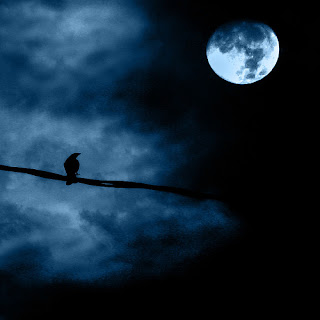The Ruhr is a far-flung region and 53 towns and cities make up the "Ruhr.2010" project, with Essen as the principal city. Like Linz, the Ruhr is struggling with post-industrialisation. Its glory days were built on coal mining and steel production. Today the region is struggling with high unemployment, low investment and falling population. It is hoped that the year as one of Europe's cultural capitals will help the Ruhr valley turn the corner to greater prosperity and a sustainable cultural, social and economic structure.
The thinking behind such optimism derives from the influential books by Richard Florida. His most influential book, The Creative Class, describes how cities and urban regions can boost business activity and secure a better future by attracting creative individuals - the members of the "creative class". Florida's ideas have now become popular in many parts of the world and have been tried with varying degrees of success.
In many ways the Ruhr is an ideal candidate for a makeover a la Florida. Already the region has introduced a number of interesting cultural initiatives and organisations and others - such as the theatre in Bochum - are well established centres. The Ruhr, with its many challenges, will certainly be a good testing ground for the creative industries and the Creative Class theory. Time will tell how powerful the cultural sector is in regenerating old industrial regions in the current economic climate.
The thinking behind such optimism derives from the influential books by Richard Florida. His most influential book, The Creative Class, describes how cities and urban regions can boost business activity and secure a better future by attracting creative individuals - the members of the "creative class". Florida's ideas have now become popular in many parts of the world and have been tried with varying degrees of success.
In many ways the Ruhr is an ideal candidate for a makeover a la Florida. Already the region has introduced a number of interesting cultural initiatives and organisations and others - such as the theatre in Bochum - are well established centres. The Ruhr, with its many challenges, will certainly be a good testing ground for the creative industries and the Creative Class theory. Time will tell how powerful the cultural sector is in regenerating old industrial regions in the current economic climate.









